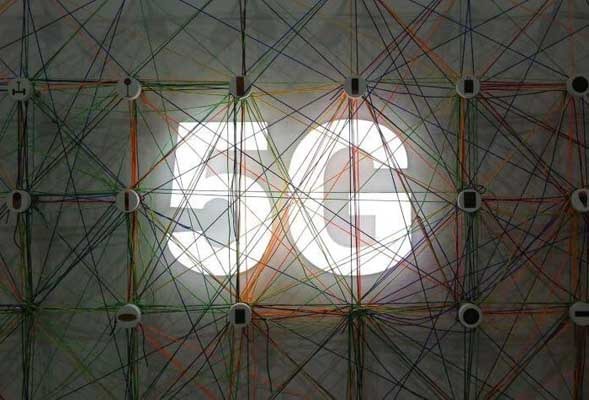The desire for speed is what has driven humans to reach for higher potentials and if you are looking at the enabling device that’ll fulfil these expectations, than its undoubtedly the one that you would be holding in your hand or close to your heart in your shirt pocket – The “Mobile phone” and the technology that would enable your humble mobile phone to be armed with the invincibility of downloading huge chunks of data at blazing speeds in real-time environment will be 5G.
5G would also be a key enabler to the successful implementation of smart cities, it would provide a ready mix of speed, capacity, efficiency & throughput, which would make it a game changer of sorts on the smart city enabling technology ecosystem. It would also act as the primary tech disruptor in many other allied business delivery areas.
But is the Industry ready to deliver
Here’s the problem in a nutshell. The industry currently has a workforce, that has the skills for the wrong century, the industry skillsets required to get ready for the 5G onslaught needs professionals who can understand and build the ICT and telecom infrastructure for the 21st-century. But the way most people perform these jobs today is still stuck to that in the previous decade.
Further what’s even more surprising is the fact that, on-the-job training isn’t enough to close this gap. The recent World Economic Forum report found that 63% of workers in the US said they’ve participated in job-related training in the past 12 months, yet employers are reporting the highest talent shortages since 2007. Things in India are even more alarming, considering the work culture that gives even lesser importance to the adherence to following the industry standard best practices.
What can individuals do to change the tide
For embracing the required skills that you do need to acquire, consider step changes. In telecom project management, we are trained to break down large problems into smaller chunks that can be more easily solved, one at a time. You’re not going to turn yourself into an ICT infrastructure expert overnight. But you can acquire basic skills leading in the direction you want to go.
A skilled Fiber Optic splicer would have all the necessary skills to perform a splice, however, he now would need to know the updated requirements to make a splice that’s changed in its type (single fiber to ribbon) has much better quality (low loss and reflectance with dual testing) along with the knowledge on latest preparation tools and equipment’s that are now available to make his job easier and better.
So, look at credentials in telecom infrastructure design, outside plant, data centers, telecom project management & optical fiber installation to help you be at the leading edge of the 5G learning curve.
In Summary, there’s no doubt that 5G would deliver economic value to its consumers, telco’s, industry constituent’s and end consumers, however giving just supply-side solutions like 5G, may not be enough. Going ahead and building a quality world class ICT infrastructure would be the right way to address the challenge, as well as reap the benefits of 5G for the betterment of the country’s growth and economy & this requires an all-round effort from all the constituents of the ICT & telecom industry.
Ninad Desai, District Chair – BICSI INDIA
MS / BE / RCDD – NTS – OSP – TECH – CT – BICSI (US) / CFOS – FOA (US) / CISA – ISACA (US)
Consulting Specialist – ICT Network Infrastructure & Outside Plant Design
Lead Auditor – ISO 27001
Mr. Desai is also the recipient of the BICSI member of the Year 2013 and is the voice for BICSI – INDIA on ICT standards and best practices. Ninad presently provides his Design, Installation, Integration & Auditing expertise for ICT Governance & implementation, IS and ICT infrastructure audits, ISO 27001 IS certifications, Data Center Design & Performance auditing.















